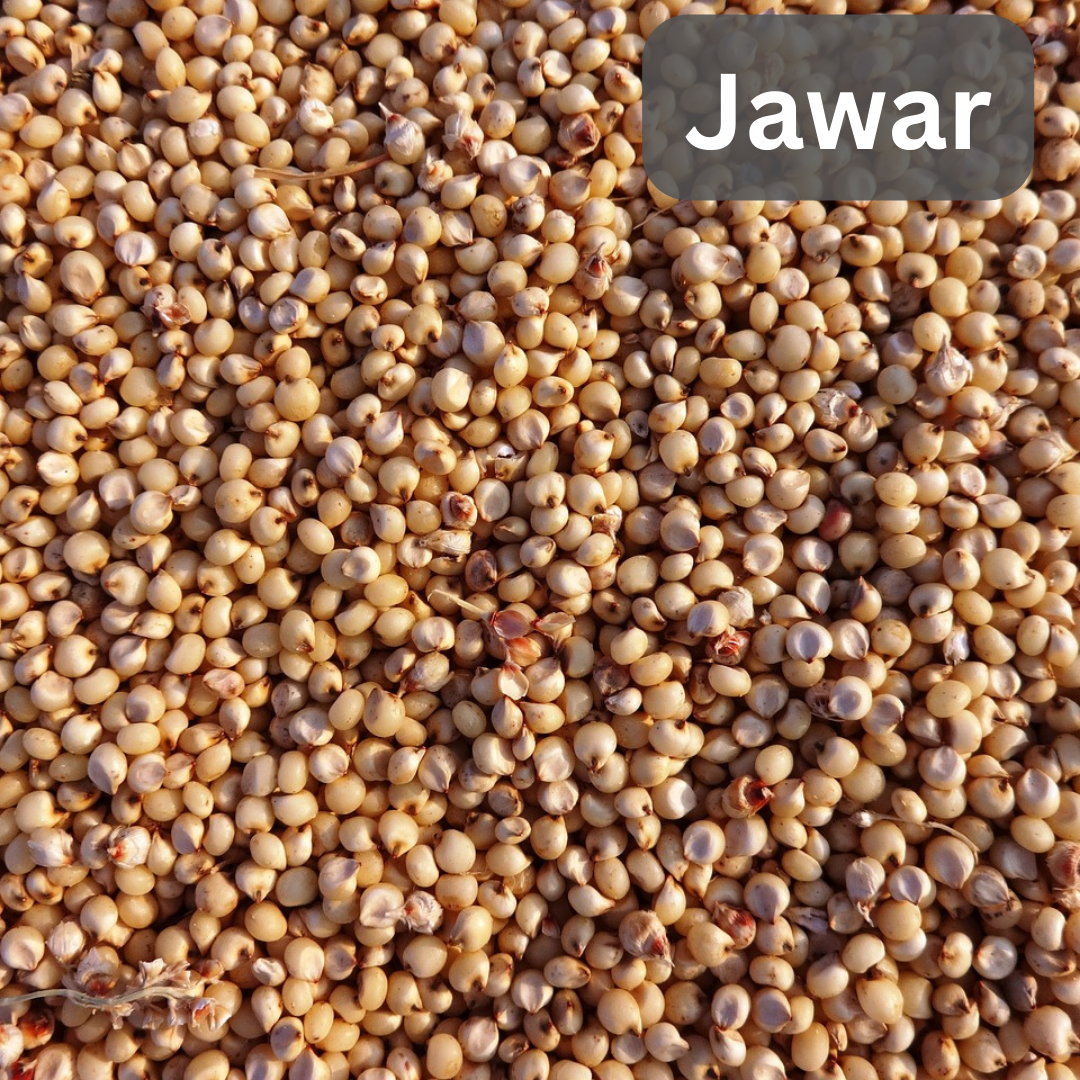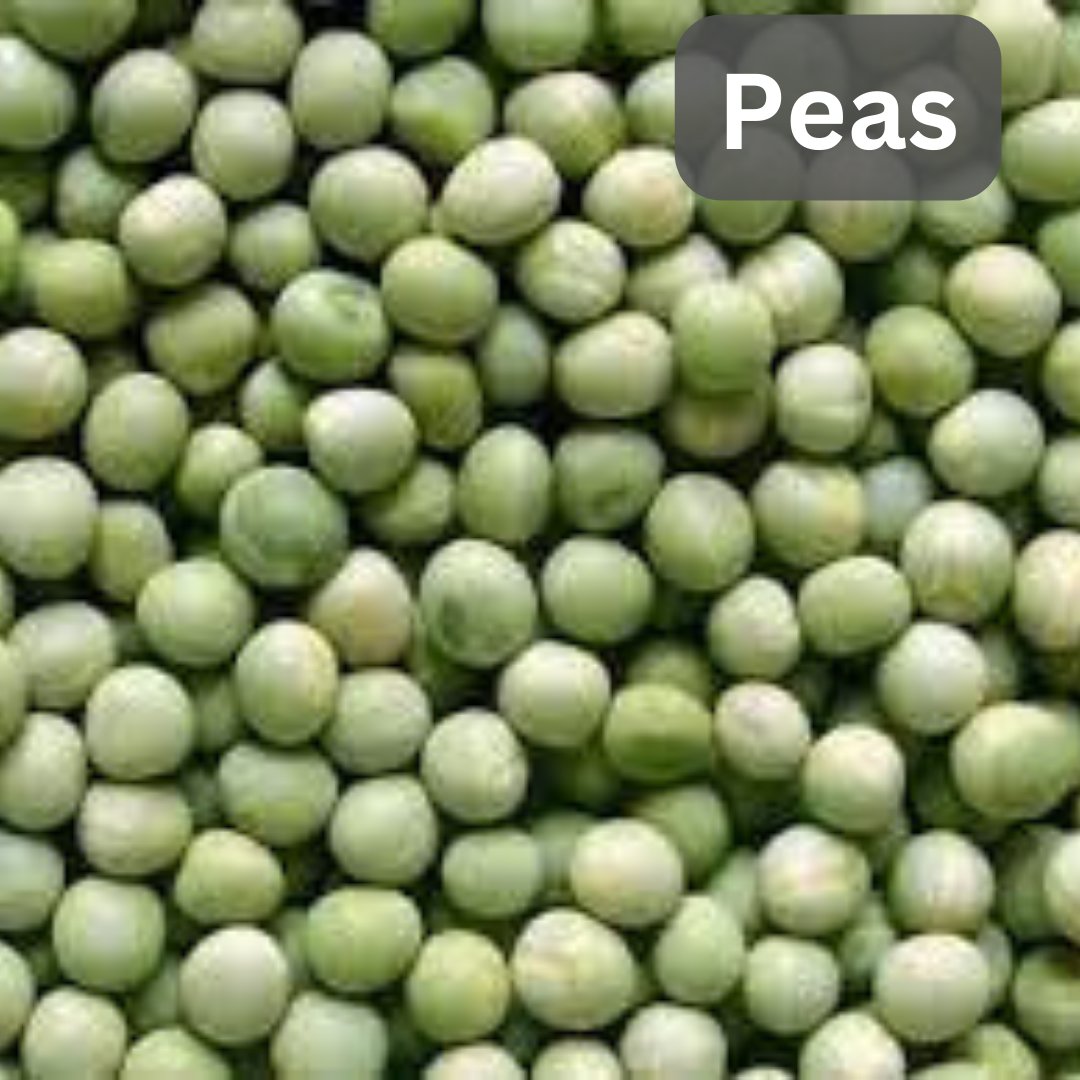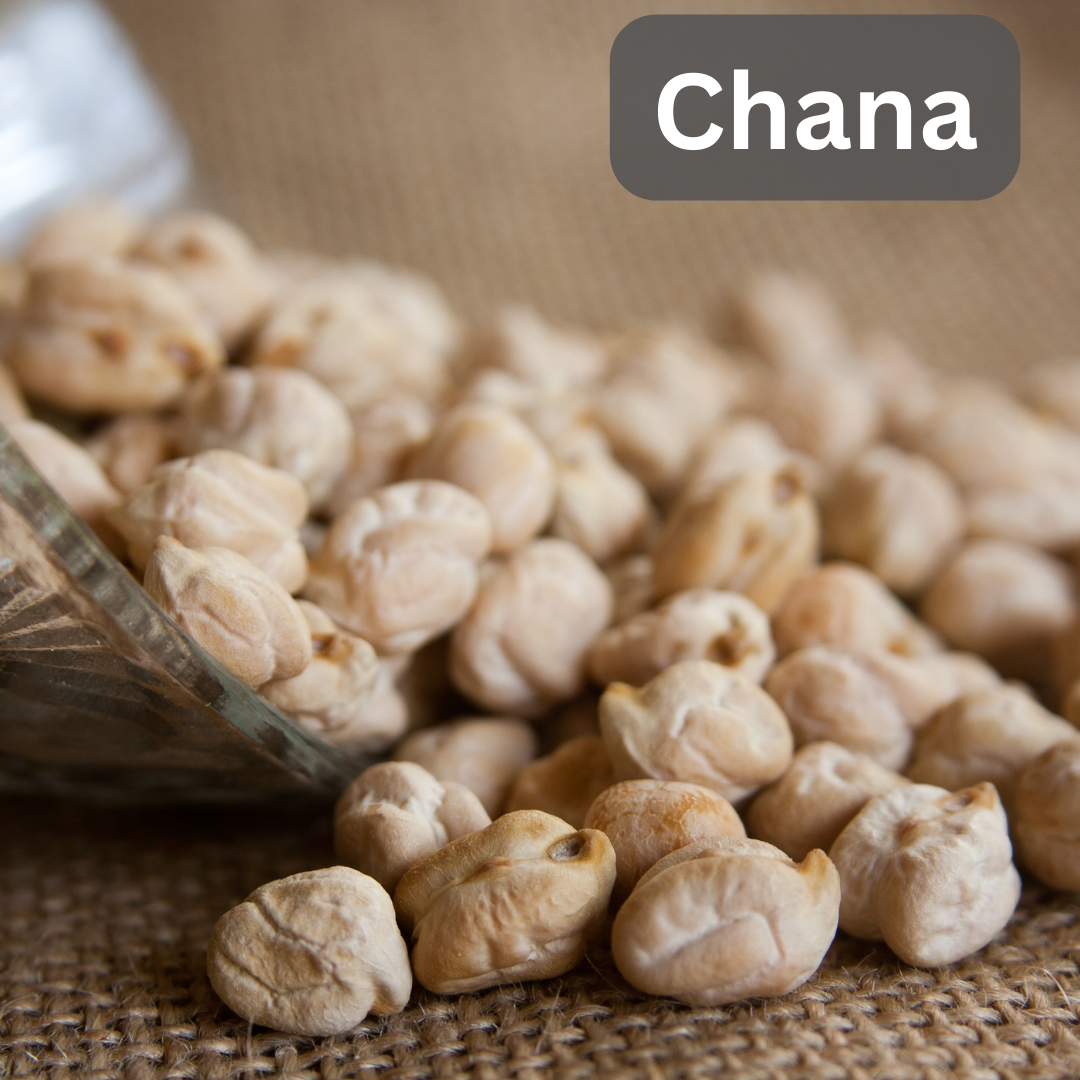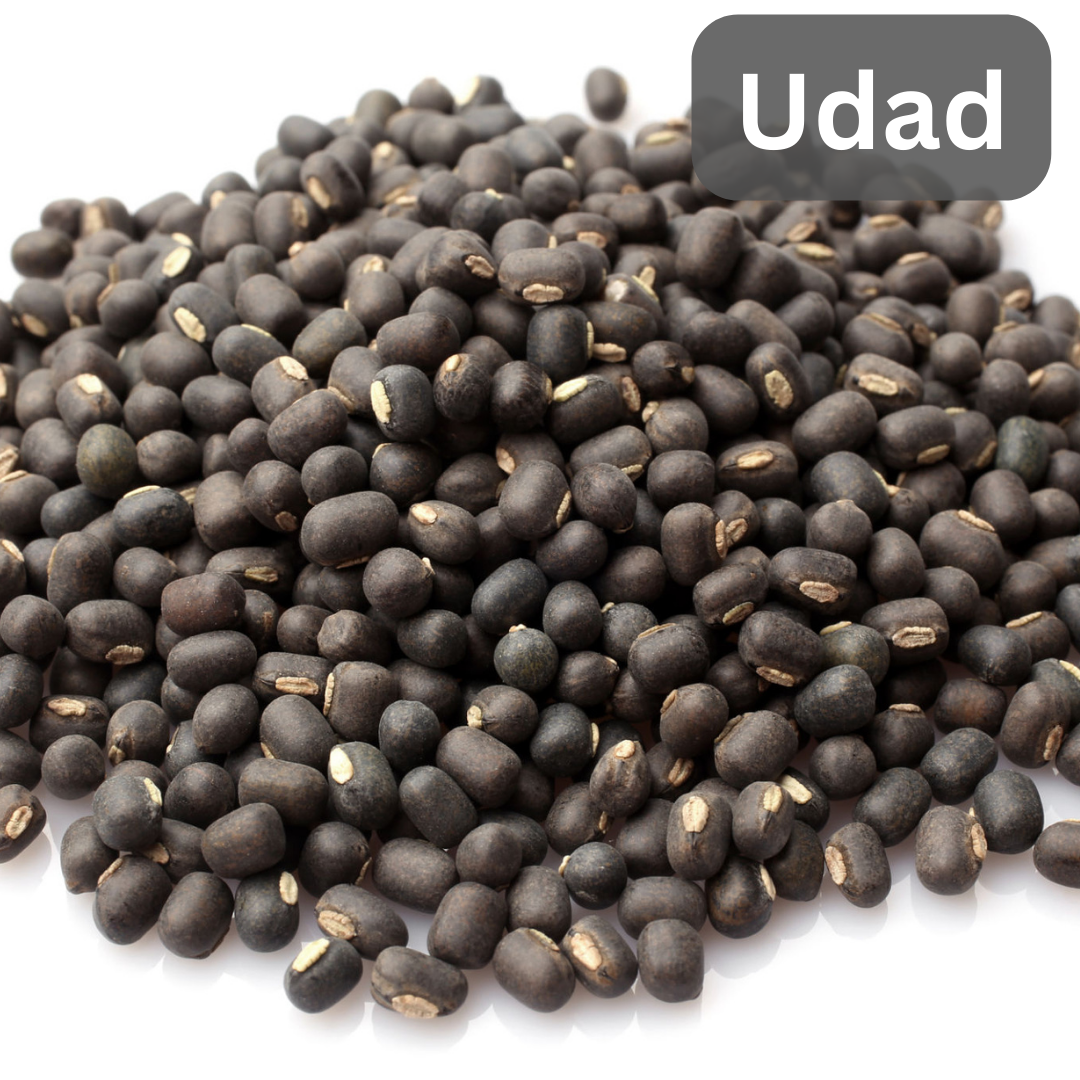Jowar: Quality, Uses, and Factors
Jowar, also
known as sorghum, is a staple cereal crop widely grown and consumed in various
parts of the world, particularly in regions with arid and semi-arid climates.
Understanding its quality, uses, and influencing factors is essential for
maximizing its utilization and economic value.
Quality: The quality of jowar is determined by several factors, including grain
size, color, moisture content, purity, and nutritional composition.
High-quality jowar grains are uniform in size, free from impurities, and
possess desirable attributes such as good milling and cooking characteristics.
Nutritional quality is also crucial, with factors such as protein content,
carbohydrate composition, and micronutrient levels influencing overall quality.
Uses:
- Food: Jowar is a versatile grain used in various culinary
applications. It can be ground into flour to make unleavened bread,
flatbreads (roti), porridge, and traditional dishes like jowar bhakri. Its
neutral flavor and gluten-free nature make it suitable for individuals
with dietary restrictions.
- Animal Feed: Jowar is a valuable component of animal feed,
providing essential nutrients and energy for livestock, poultry, and other
animals. It is often incorporated into feed formulations as whole grains,
silage, or processed meal.
- Industrial
Applications: Jowar has
industrial uses in sectors such as ethanol production, starch extraction,
and biofuel manufacturing. Its starch-rich composition makes it suitable
for various industrial processes, contributing to bioenergy production and
biodegradable products.
Factors Influencing Quality:
- Environmental
Conditions: Factors such as
temperature, rainfall, soil fertility, and pest pressure influence jowar
growth, yield, and quality. Adequate moisture and well-drained soils are
essential for optimal growth and grain development.
- Cultivar Selection: The choice of jowar cultivar or variety plays a
significant role in determining grain quality and yield potential.
Different cultivars exhibit variations in traits such as maturity, grain
size, and tolerance to environmental stressors.
- Harvesting and
Post-Harvest Handling: Proper timing of
harvest and post-harvest handling practices impact jowar quality and
storability. Harvesting at the right moisture content, drying to reduce
moisture levels, and storage in suitable conditions help maintain grain
quality and prevent spoilage.
In
conclusion, jowar is a valuable cereal crop with diverse uses across food,
feed, and industrial sectors. Understanding factors influencing jowar quality
and implementing appropriate management practices are essential for optimizing
production outcomes and meeting market demands.





